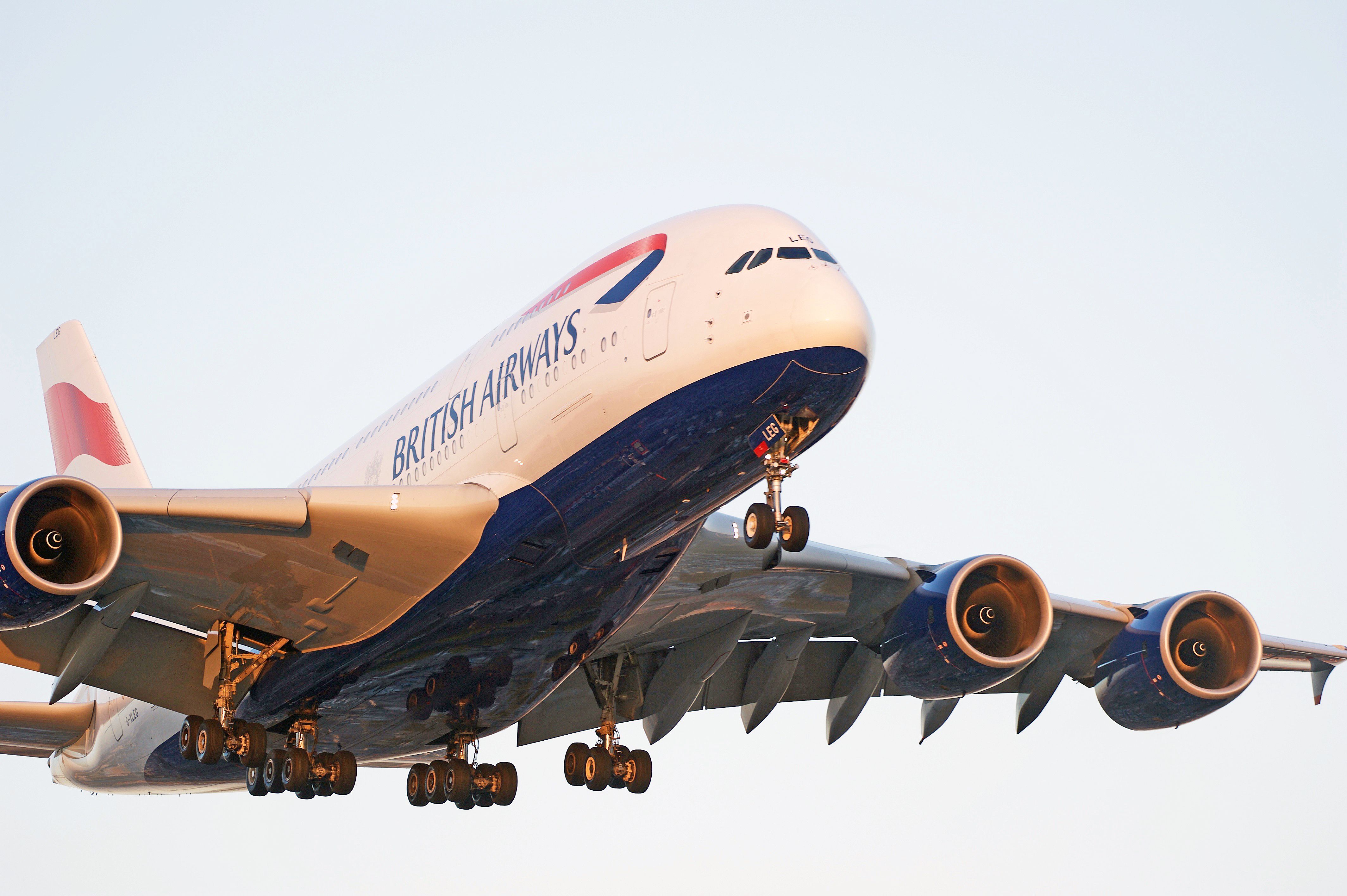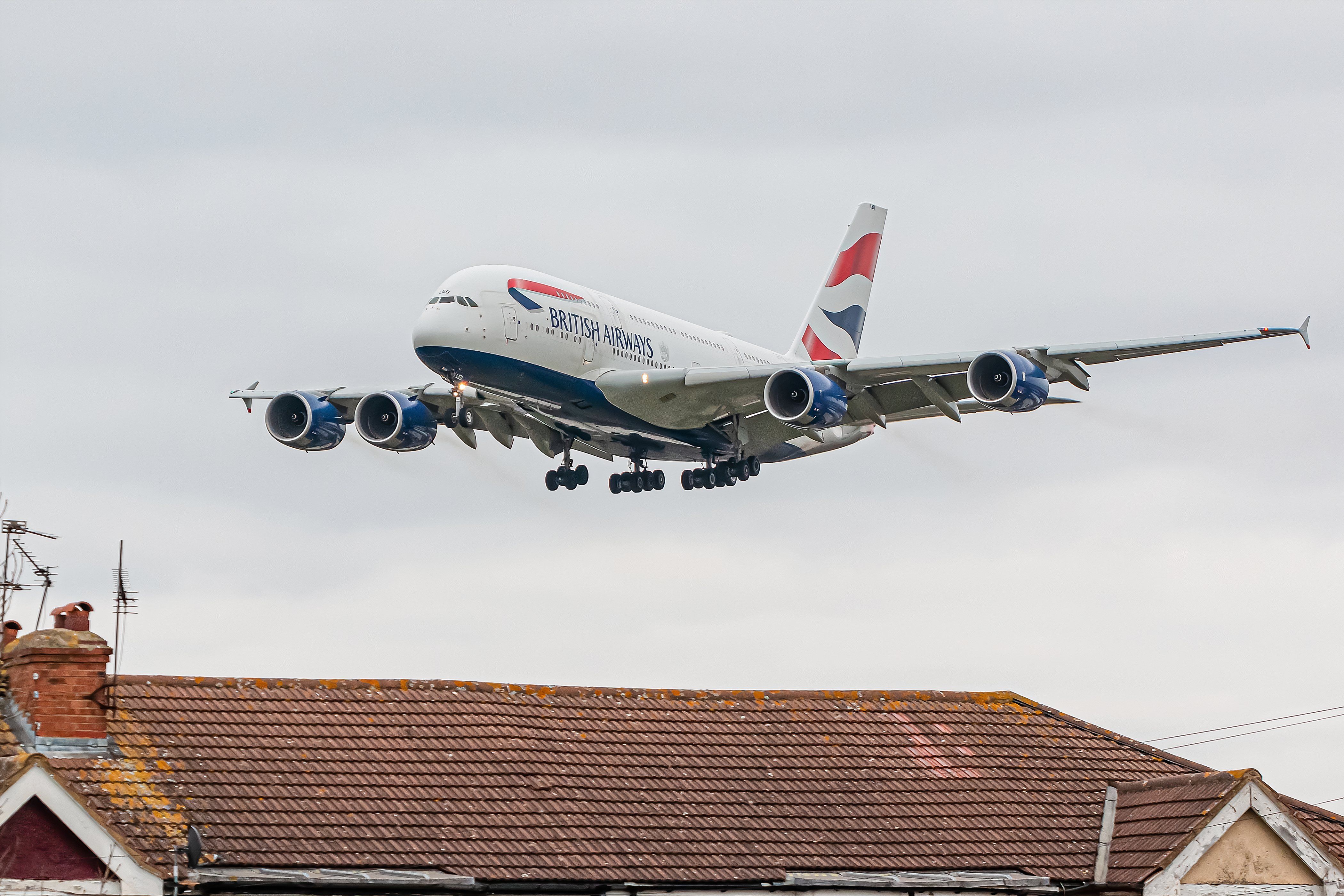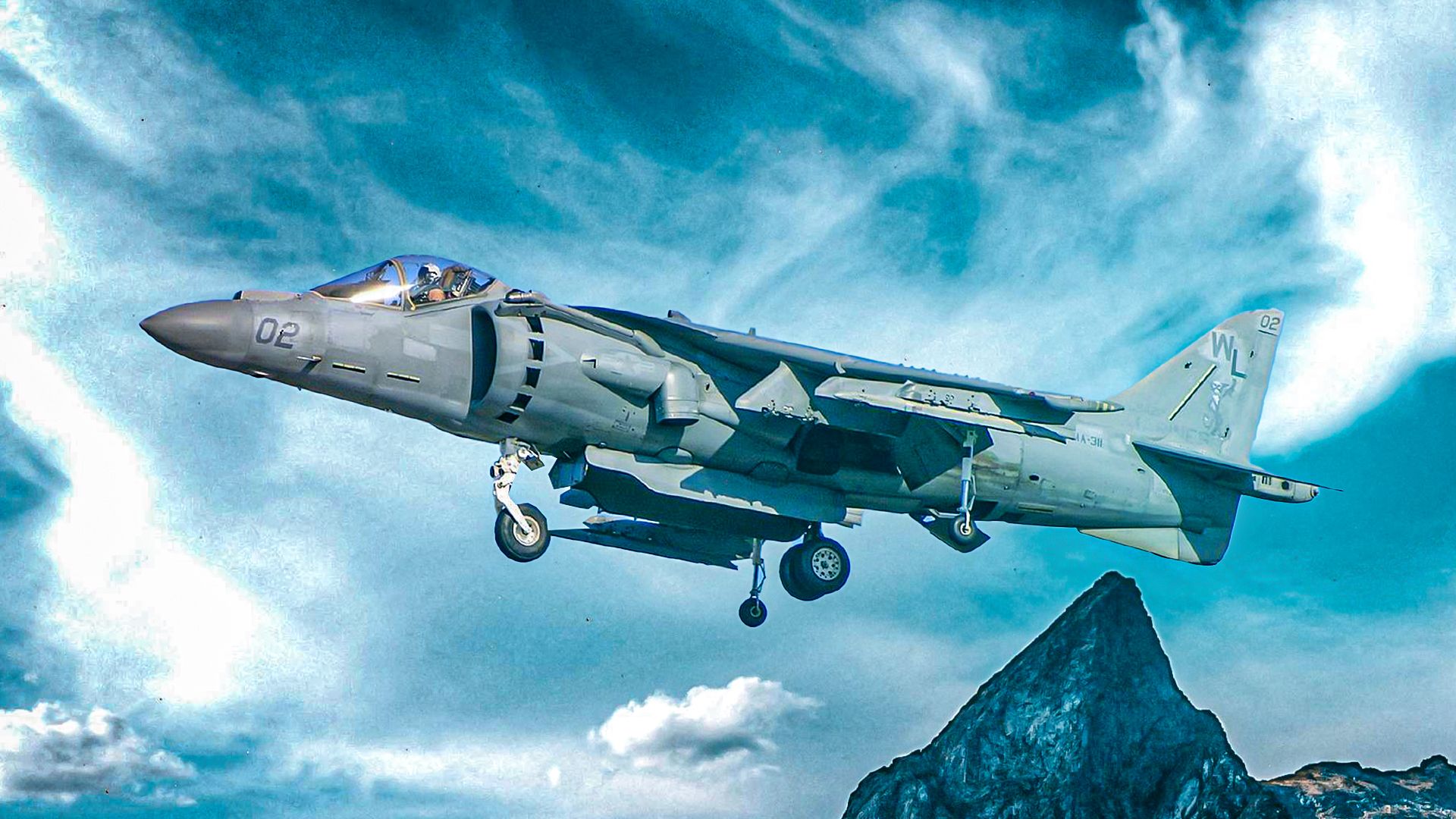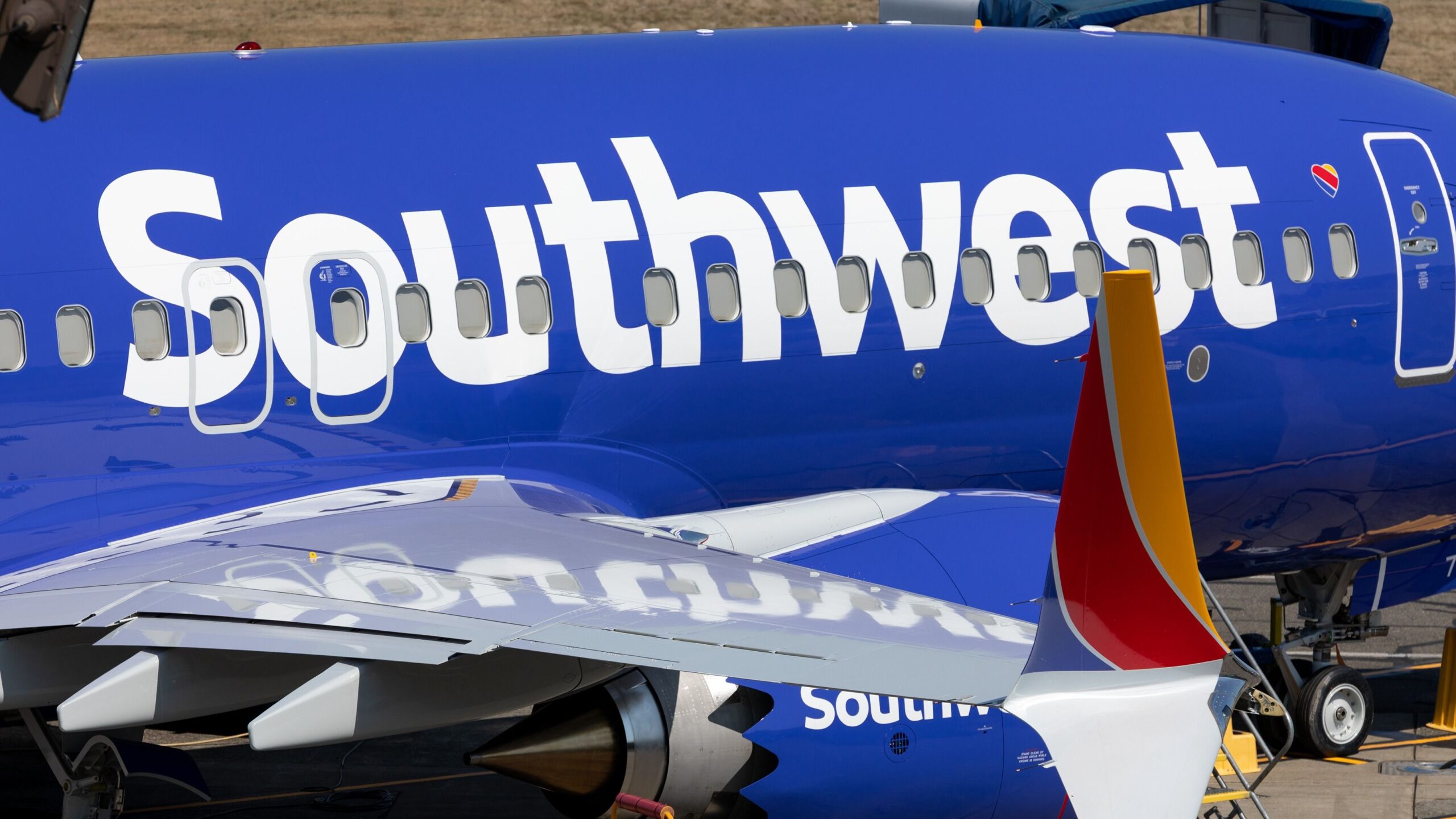Summary
- SODPROPS allows simultaneous takeoffs and landings at parallel runways, increasing airport capacity and reducing noise pollution.
- Airports with parallel runways serve nighttime operations to minimize aircraft noise and provide a residents better sleep quality.
- SODPROPS operations require precise tracking, strict radio communication, and adherence to specific weather conditions.
SODPROPS is an acronym for simultaneous opposite-direction parallel runway operations. It coordinates and allows simultaneous takeoffs and landings at airports with at least two parallel runways. SODPROPS safety regulations dictate under which conditions these operations can occur.
The definition of parallel runways refers to airports with two or more runways whose centerlines are parallel. In addition to being given a runway number, parallel runways also have a letter, either L for left or R for right. If an airport happens to have three parallel runways, the middle one is given the latter C for the center.
Why operate using SODPROPS?
SODPROPS at airports with parallel runways serves a couple of purposes, which are:
- Increase capacity: SODPROPS operations allow the airport to increase the number of arriving and departing aircraft and add flexibility to all airport operations.
- Noise reduction: Over the years, aircraft noise pollution has become a significant talking point, especially where airport flight paths are over residential neighborhoods. Airports that have parallel runways where one end of the runway allows aircraft to arrive and depart over water significantly reduce aircraft noise over residential areas. An excellent example is Sydney Kingsford Smith Airport (SYD) in Australia. At Sydney Airport, planes arrive and take off over Botany Bay. Arriving aircraft use Runway 34L and depart on Runway 16L.
How vital is airport noise abatement?

Related
How Are Aircraft & Airport Noise Levels Measured & Monitored?
Noise is generally measured in decibels, but there are many ways those measurements are used and interpreted to determine levels of noise pollution.
The primary reason airports are forced to close at night is that people who live under aircraft flight paths can get a good night’s sleep. Most airports in Europe and all airports in Germany are closed during the night from midnight to 05:00.
Photo: Jarek Kilian | Shutterstock
Historically, aircraft noise pollution has been a big issue for people living near airports, so it remains high on the agenda for airports wishing to add new runways. The proposed third runway at London Heathrow Airport (LHR) is a prime example. While Heathrow remains open 24 hours, there are restrictions on the number of flights and the aircraft types that can land between 23:30 and 06:00.
During the night, older aircraft classified as QC/4, QC/8, or QC/16 are not allowed to takeoff and land at Heathrow. A study into how a third runway at Heathrow published in the Guardian newspaper about noise pollution says it would impact around 2.2 million people.
How does aircraft noise pollution impact people?
It is a known fact that aircraft noise can adversely affect people who live close to an airport or within its flight path. While annoyance is the most widespread concern caused by aircraft noise, it can also have the following adverse effects:
- Sleep disturbance, especially in the summer when many people sleep with their windows open
- Aircraft noise hinders the cognitive performance of school children, affecting their reading comprehension and memory.
- High levels of aircraft noise put stress on the human body and can lead to congenital heart disease and strokes.
What are the complexities of SODPROPS?
Because more flights take off and land during the daytime, it is much harder to coordinate SODPROPS flights, where aircraft take off and land at the same time in opposite directions; because of this, many airports limit SODPROPS flights to nighttime operations, when there are fewer flights.
For SODPROPS that take place when operating under visual flight rules (VFR), the minimum clearance between parallel runway center lines needs to be at least 700 feet. For simultaneous landings and takeoffs when operating under instrument flight rules (IFR), the parallel runway center line separation must be at least 4,300 feet.
Because the aircraft is close to the airport when it operates SODPROPS, precise final approach tracking is essential to maintaining the required aircraft separation. Strict radio communication is critical during all SODPROPS operations. Full and proper call signs must be used, and unnecessary or lengthy radio communications must be avoided.
During SODPROPS operations, the pilots communicate not only with the tower but also with each other. Two aircraft controllers are used, each in charge of one runway. All pilots and controllers operating SODPROPS must be familiar with issues that might arise, such as an aborted landing and go-around. Unlike standard operational procedures for go-arounds when operating SODPROPS, the aircraft’s pilot may need to maneuver it in a different direction than they usually would.
When can SODPROPS not take place?
All SODPROPS takeoffs and landings are suspended when the cloud ceiling is at least 2,500 feet and visibility is less than five miles. To operate SODPROPS, tailwinds need to be less than five knots, and the runways need to be dry. SODPROPS are suspended when windshear is present and during thunderstorms.
About parallel runways
Since the dawn of flight, everyone has known that taking off and landing into the wind is advantageous, so runways were built to take advantage of the prevailing winds. By the 1920s, airfields were constructed with three runways at 60° angles to each other. By doing this, pilots now had a choice of three runways depending upon which direction the wind was blowing.
Ultimately, this all changed, and airports began using the one runway with the most traffic. When adding a second runway for operational reasons, it made sense to make it parallel to the existing runways.
Airports that have SODPROPS operations
Some well-known popular airports that operate SODPROPS are:
- Sydney Kingsford Smith Airport (SYD)
- Brisbane Airport (BNE)
- Los Angeles International Airport (LAX)
- Dallas Fort Worth International Airport (DFW)
- George Bush Intercontinental Airport (IAH)
- Hartsfield–Jackson Atlanta International Airport (ATL)

Related
Which US Airports Have Parallel Runways That Facilitate Simultaneous Takeoffs & Landings?
These airports can lead to incredible landings.






